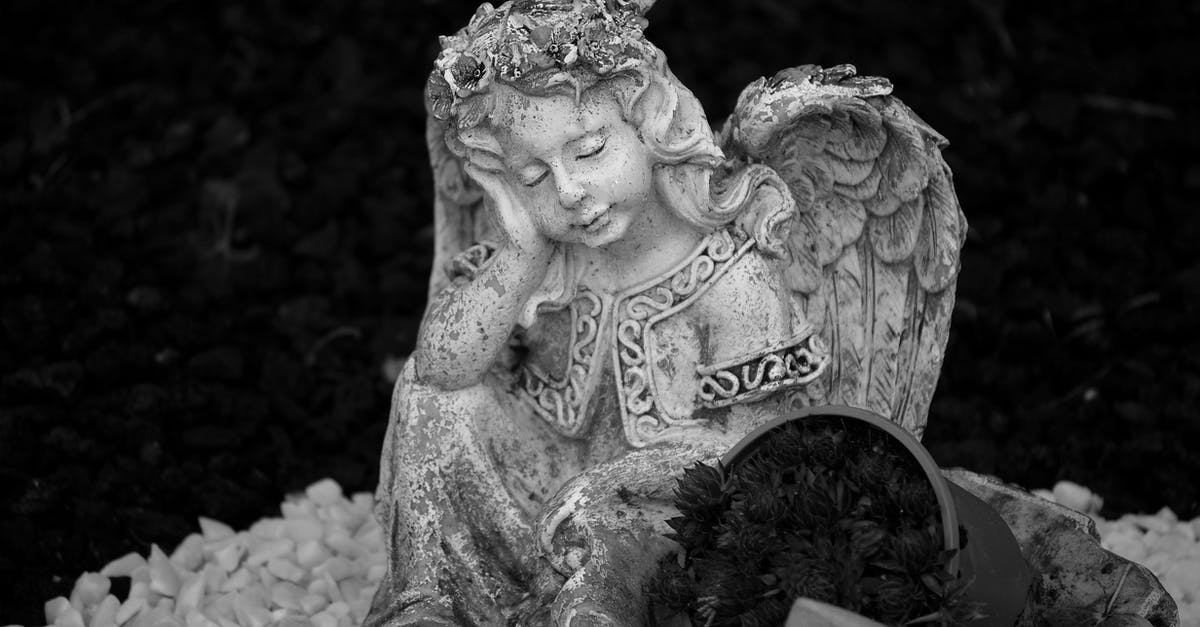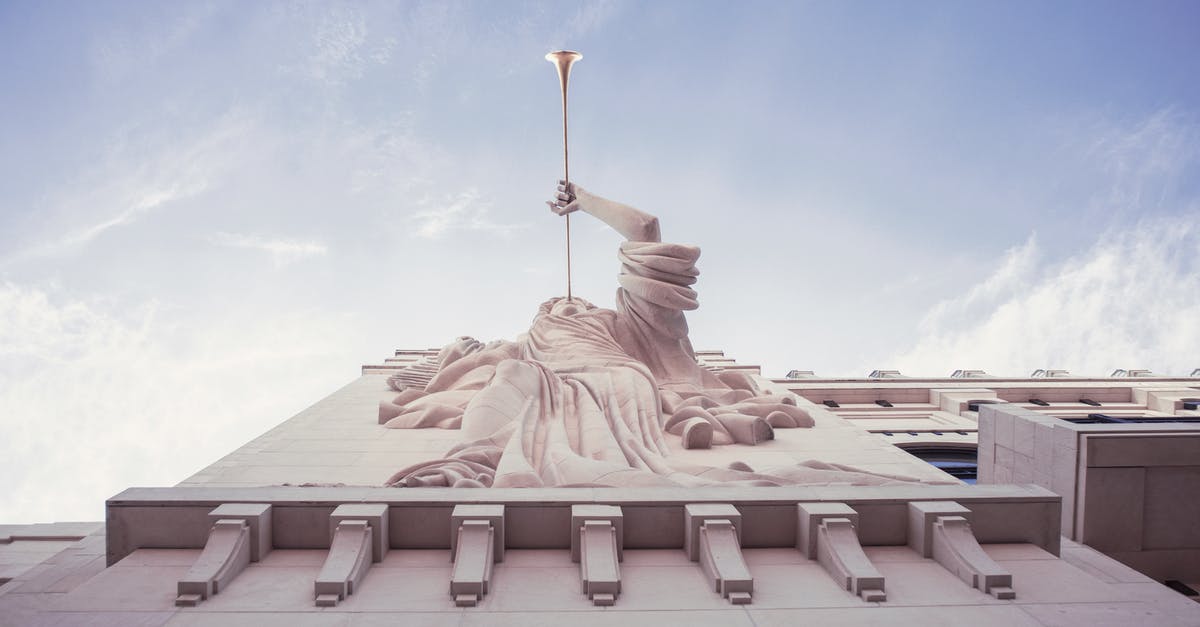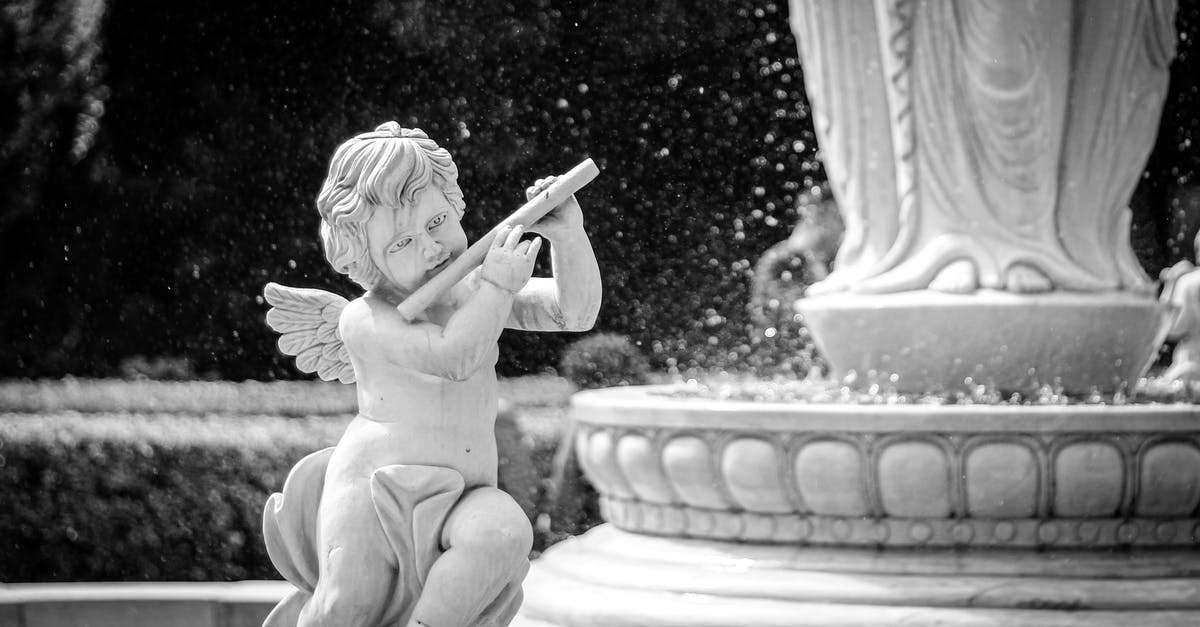Why is Drunken Angel considered to be a masterpiece?

I watched Drunken Angel by Akira Kurosawa last night. Though I really enjoyed the film and found it entertaining - even though it is made 60+ years ago, I could not understand why so many people consider it to be such a masterpiece.
Are they just over-hyping the film or is there something that I am missing? (I am no expert or film critic but really enjoy good films - irrespective of them being mainstream or indie / foreign language).
So was just trying to gauge what I am missing.
Best Answer
*I'll try to answer this with the thought that this whole question and answer might be scratched for being a borderline discussion/opinion piece...
Many times when we are asked to consider the validity of film 'masterpieces' we must consider the context and history of the piece in question. Made in 1948, Drunken Angel was just one of a number of films that dealt with the state of post-war Japan, but this was one that did not feature any G.I.s or any other characters normally associated with films from that era.
Rather than link to a bunch of external essays, if you'll permit me the indulgence, I'll add some text from one of my own papers that I wrote during some film history classes that focused on Kurosawa. I think this extract highlights one of the reasons why Drunken Angel is so admired. The emphasis has been added by me for this answer.
*The master/pupil relationship that Kurosawa has created in Drunken Angel (1948) is a complicated one. Sanada (played by Takashi Shimura) is the titular character, a doctor who strives to help others, but has his own, drink induced, problems. Matsunaga (played by Toshiro Mifune) is his unwitting pupil, a gangster on the cusp of death through tuberculosis, masking his fear with staggering bravado.
The festering sump pool on Sanada’s doorstep, a metaphor for the decay in post-war Japan and the state of Matsunaga’s lungs, links these men and it is often referred to by Sanada when he is trying to make a point to the younger man. When Sanada diagnoses Matsunaga’s illness, the young gangster is horrified, but this manifests itself as anger toward the doctor. Sanada knows he cannot cure the younger man’s T.B., but he takes it upon himself to try to cure him psychologically, showing him the error of his criminal ways and perhaps attempting to make amends for his slump into alcoholism through Matsunaga.
Sanada’s methods employ a form of tough love when it comes to tending to Matsunaga’s wounds. He is brutal when he takes a bullet out of the gangster’s hand, making him suffer and showing him the consequences of the yakuza way of life. Eventually Matsunaga begins to understand the doctor’s teachings, and this is hammered home when Okada is released from prison and Matsunaga is demoted in the gang.
When Matsunaga discovers that Sanada is living with Miyo (played by Chieko Nakakita), Okada’s old moll, he sees a chance for redemption, protecting his mentor but giving up his life in the process. Ultimately, Sanada’s teachings were all about willpower. Having the will to fight the disease, the will to change one’s lifestyle and the strength to face the imminent changes happening in Japan under western occupation.*
Pictures about "Why is Drunken Angel considered to be a masterpiece?"



Scene Analysis - Drunken Angel
Sources: Stack Exchange - This article follows the attribution requirements of Stack Exchange and is licensed under CC BY-SA 3.0.
Images: Mario Wallner, Alvaro Munoz, Ольга Солодилова, sven chen
